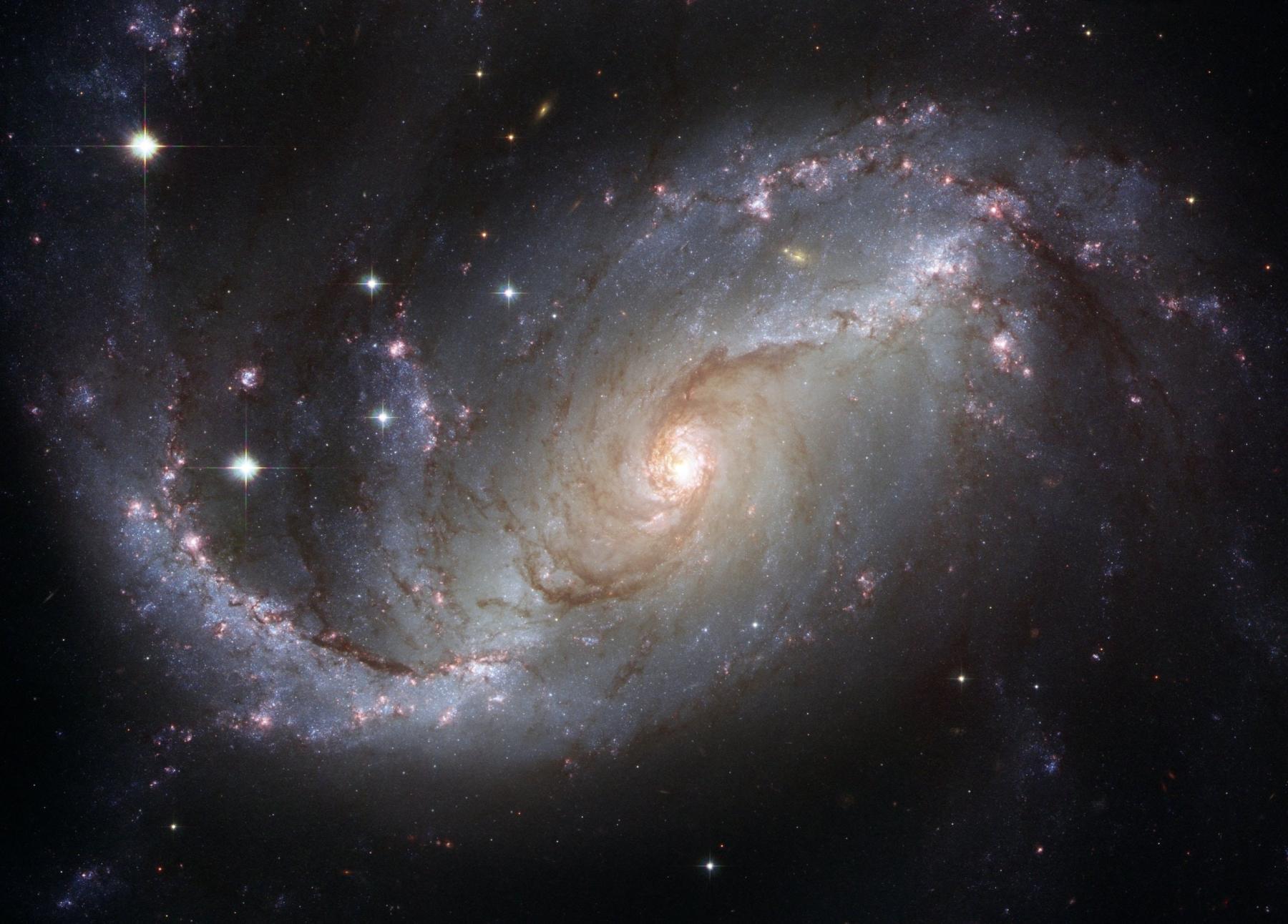
How Much Space?
by Hannah McKolay
I use this lesson as a fun activity to visualize unit conversions and the immense scale of the universe. I love this lesson because I find it challenging to teach unit conversions with hands-on applications (other than standard measurement activities, of course!). It also allows us to get outside, which I try to do as much as possible!
Lesson Plan Link/URL
https://docs.google.com/presentation/d/1mCEAev0NXVvNnO9PH_8kfKX44tj5gX2I/edit?u…Subject Area
Earth and Space Science E2: Earth & the Universe Technology 3. Knowledge Constructor 5. Computational Thinker Mathematics Operations and Algebraic Thinking (OA) Measurement and Data (MD) Ratio and Proportion (RP) English Language Arts (ELA) Reading (Informational Text)
Featured
Off
Related Content

Grades:
7th Grade, 8th Grade, 9th Grade, 10th Grade, 11th Grade, 12th Grade
Students will apply principles of design, engineering, and mathematics to create a physical or digital labyrinth inspired by the myth of Theseus. This project integrates STEM concepts with literature

Grades:
7th Grade, 8th Grade, 9th Grade, 10th Grade, 11th Grade, 12th Grade
This is a lesson geared toward junior high and high school classes to introduce students to the idea of cryptography and encryption. This lesson could be simplified for younger students by removing

Grades:
7th Grade, 8th Grade, 9th Grade, 10th Grade, 11th Grade, 12th Grade
This is an introduction to exoplanets and their discovery. In the hands-on activity, students make a lightcurve for an exoplanet transit using data from the DIY MicroObservatory Telescope Network.